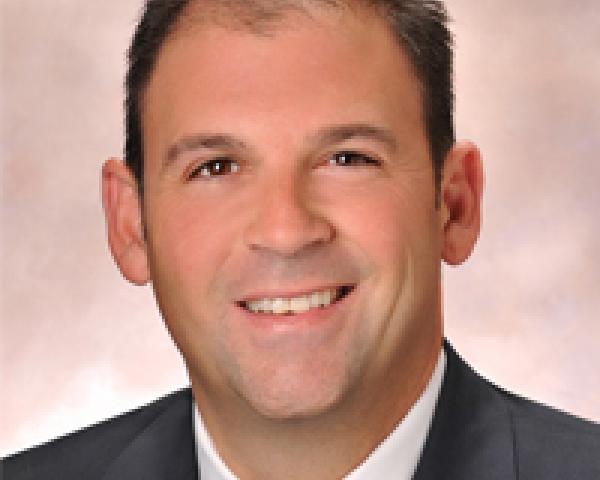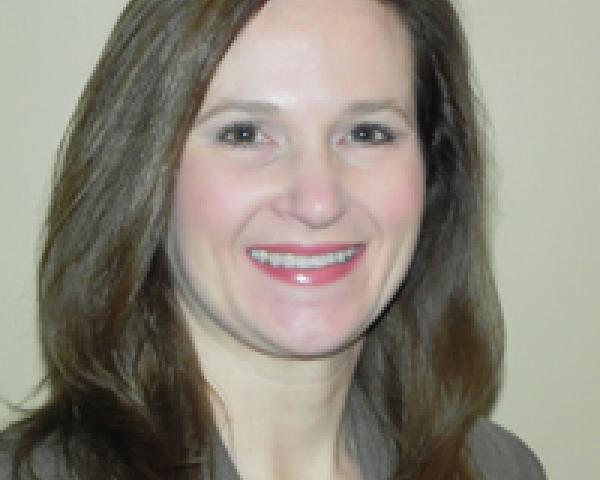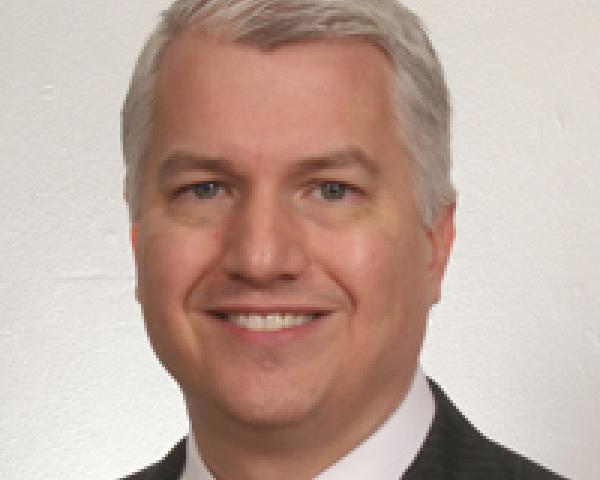In the 1988 film “Bull Durham,” Nuke LaLoosh, a young pitcher with great talent but no professional experience (or maturity), embarks on his professional career with the minor league Durham Bulls.
Crash Davis, an experienced though aging catcher near the end of his playing days, is responsible for grooming LaLoosh into a more polished player. Davis and the team’s coaches and managers spend an entire summer trying to teach LaLoosh the finer points of baseball, and – as importantly – how to think and comport himself like a professional. LaLoosh, Davis, and the Bulls have many ups and downs as the season progresses, but eventually Davis’ mentoring of LaLoosh is effective, and the young pitcher is poised to go onto to bigger and better things, just as Davis prepares to retire from the game.
There are many similarities between the insurance industry and “America’s Pastime,” not the least of which is how to manage and solve the challenges of maintaining a pipeline of young talent. The insurance industry can learn a great deal from baseball’s tried and true strategy of developing talent organically through the minor leagues.
Moreover, professional teams – which, like insurers, are in a data-driven business – have invested significantly in data analytics to operate more economically and efficiently with the resources they already have. Using similar strategies, the insurance industry can build an effective strategy for recruitment, training and development, as well as for sustainable operations, thereby establishing a platform for long-term success.
Too many Crash Davises and not enough Nuke LaLooshes
The insurance industry is facing a crisis – a rapidly aging workforce. According to the U.S. Bureau of Labor Statistics, the number of insurance professionals aged 55 years and older has increased 74% in the last 10 years; by 2018, a quarter of insurance industry employees will be within five to 10 years of retirement. Moreover, by 2017, one in every three U.S. employees will be a Millennial, and Millennials will make up 75% of the global workforce by 2025.
These workforce changes mirror the demographic shifts in the U.S. population. The U.S. Census Bureau estimates that, in the U.S. alone, 10,000 baby boomers (those born between 1946 and 1964) will turn age 65 each and every day until 2030. While the expected number of Americans age 65 and older who leave the workforce will grow 75% by 2050, the expected number of American workers age 25 to 54 will grow by only 2%.
Most U.S. employers are woefully unprepared for the business realities of an aging workforce and face a potentially massive loss of skilled, knowledgeable workers. Companies that effectively recruit, train and develop dedicated future staff and leaders will differentiate themselves and set themselves up for success. Like professional baseball teams, they are trying to find ways to maximize existing talent and replenish it. Also like baseball teams, they are attempting to more effectively use analytics to improve functional efficiencies (e.g., scouting in baseball and claims/underwriting in insurance), as well as continue to automate routine/recurring processes (e.g., data collection in both industries).
Recruit
Traditionally, baseball teams have employed scouts who are responsible for finding and evaluating amateur baseball talent. The scouts talk with each other and college and high school coaches to develop a network of contacts and resources.
Human resources recruiters are the scouting departments of the insurance industry. Similar to baseball, where major league teams can either hire qualified free agents or grow talent organically through the minor league system, insurance recruiters have two options – to hire experienced candidates or recruit and develop raw talent through effective training programs. (For the purposes of this report, we focus below on acquiring and retaining young talent.)
Effective college campus and entry level hiring programs are just the first step in growing talent organically. Organic growth can only occur with the development of robust recruiting programs that focus on two key things:
- Improving the insurance industry brand. Show Millennials that insurance isn’t boring. Insurance isn’t just about adjusting claims or underwriting risks, and it’s not necessarily an office-bound industry. It offers technical, sales, account management, data analytics and product development jobs similar to those in other industries that have more of a ”hip” image.
- Educating talent about the variety of roles available in the industry. Letting young people know there are rewarding career paths available in insurance (and working with them to make the promise a reality) is more likely to result in long-term employment.
To recruit Millennials, companies must adapt their recruiting strategies. Companies must think like this generation, supplementing recruiting on college campuses and at career fairs with outreach via social media and online talent communities.
See Also: Why Millennials Are the Best Workers
In “Bull Durham,” Annie Savoy says, “Well, actually, nobody on this planet ever really chooses each other. I mean, it’s all a question of quantum physics, molecular attraction and timing.” However, as an employer, you DO choose employees and need to be in the best possible position to make them want to choose you.
Train
Training new employees, much like training baseball rookies, is critical to retaining talent. Companies that find ways to deliver cost-effective, interesting and meaningful training in fundamentals, coupled with mentorship programs that pair young employees with experienced ones, will create sustainable leadership pipelines. Of note, companies that use e-learning, which appeals to Millennials much more than conference room meetings and presentations, will especially benefit:
- Company perceived as cutting-edge. A newly hired Millennial trained via an easy-to-follow e-learning system that is technologically up to date, with quality graphics and sound, will perceive that the company is on the cutting edge of technology.
- Millennials feel respected. Companies that develop a high-quality, customized e-learning program, catering to the way Millennials learn, will demonstrate value and respect for the time and talents of their employees and build loyal, hard-working and fulfilled employees.
- Cost-effective and agile. E-learning is well-suited to today’s work environment, which is fast-paced and characterized by constant change. Easily customizable and cost-effective, e-learning easily keeps pace with the rate at which technology, work procedures and workers develop.
When asked if he’s heard of Walt Whitman, Nuke says, “No. Who’s he play for?” We hope your personnel development and education is easier, but you should have the processes and systems in place to answer the questions of a younger generation that is learning on the job.
Developing a succession management plan that prioritizes leadership development not only improves retention, building a solid pipeline of talent for years to come, but also reduces recruiting costs.
Over the last 15 years, many baseball owners have realized that a high payroll does not necessarily result in on-field success. Expensive free agents are not a sure thing, and savvy clubs realized that they could be competitive (and have a lower payroll) by developing young players in-house. The World Series champion Kansas City Royals are a case in point: The team has developed much of its roster – and many of its best players – in its own system.
Because top talent clearly is a competitive differentiator, companies will define future success by developing deep and enduring bench strength – a pipeline of players with the leadership skills to be successful in the “big leagues.”
Good development results in beneficial, life-long lessons that benefit the employee and employer. Consider the following exchange after Nuke and Crash fight:
Crash: Did you hit me with your right hand or did you hit me with your left?
Nuke: My left.
Crash: Good! That’s good! When you get in a fight with a drunk, you don’t hit him with your pitching hand.
Remaining competitive even after the veterans leave
Attracting and hiring Millennials is only one way to address the challenge of an aging workforce, and building a developmental system is not the only way companies can promote the transfer of knowledge from one generation to the next. Many organizations are now seeking operational efficiencies via outsourcing, predictive analytics and automation to help address the challenges of an aging workforce.
Shifting back office operations (e.g., claims processing, call centers and mail rooms) to an outsourcing provider can help obviate the need to replace retiring workers. While companies historically have considered outsourcing from a cost and labor arbitrage perspective, they are now making it part of their overall growth strategy because the right outsourcing partners can help them create efficiencies, lower costs and enjoy bottom line savings.
Moreover, by consolidating existing and incoming information into standardized management systems and using advanced analytics to interpret this data, companies can position themselves to make better business decisions – consider the Oakland A’s now famous and commonly used “Moneyball” approach – with a smaller workforce. Some companies have gone so far as to globally standardize key processes by using business process management or workflow software that promotes procedural consistency throughout the enterprise.
As has been the case with forward-thinking baseball teams, these types of investments have enabled leading carriers to more effectively manage and use the vast amounts of structured and unstructured data they possess. Perhaps as importantly, these companies also have increased worker productivity because their employees are now able to focus much more of their time on value-added activities instead of routine, low- to no-value administrative and clerical tasks.
Last but not least, the carriers that have made meaningful investments in outsourcing, business process improvement and advanced analytics have created a virtuous cycle in terms of recruiting. Companies that are on the cutting edge of business technology are also more attractive to Millennials. As a result, these employers not only need fewer employees, they attract higher-caliber newcomers.
See Also: 22 Steps to Reduce the Impact of Retirement
To meet the challenges of an aging workforce, prescient carriers, agencies and brokers are already changing how they recruit and assess their workplace. They are modifying policies to appeal to Millennials, making physical changes to create a more inviting workplace and facilitating knowledge transfer to improve the long-term viability of their organizations. With the impending profound demographic changes, the need to build a pipeline of new talent is mission-critical. In addition, to further minimize the effects a shortage of workers may have, many companies have recognized the need to modernize processes and systems to more effectively manage the business even with a smaller workforce.
Implications
- The insurance industry is facing an impending talent crunch. If it does not take steps to attract young employees, the crunch will become a crisis.
- Millennials will soon predominate in the workforce, and insurers need to differentiate themselves from companies in other industries as being attractive places for Millennials to work. They can do this by:
– Effective recruiting that demonstrates rewarding career paths exist in the industry.
– Training that pairs new hires with experienced employees and helps build mentoring relationships; e-learning is a cost-effective way to do this, and one that Millennials like.
– Developing leaders internally – akin to a minor league system – which both encourages retention among younger employees and also eases internal succession planning because it ensures there is a healthy talent pipeline.
– Strategic outsourcing that focuses on complementary capabilities and not just cost reduction; modernizing business processes and effectively employing advanced analytics can significantly improve efficiencies, reduce costs, foster a focus on the things that really add value to the business and attract the best and the brightest newcomers to the industry workforce.








